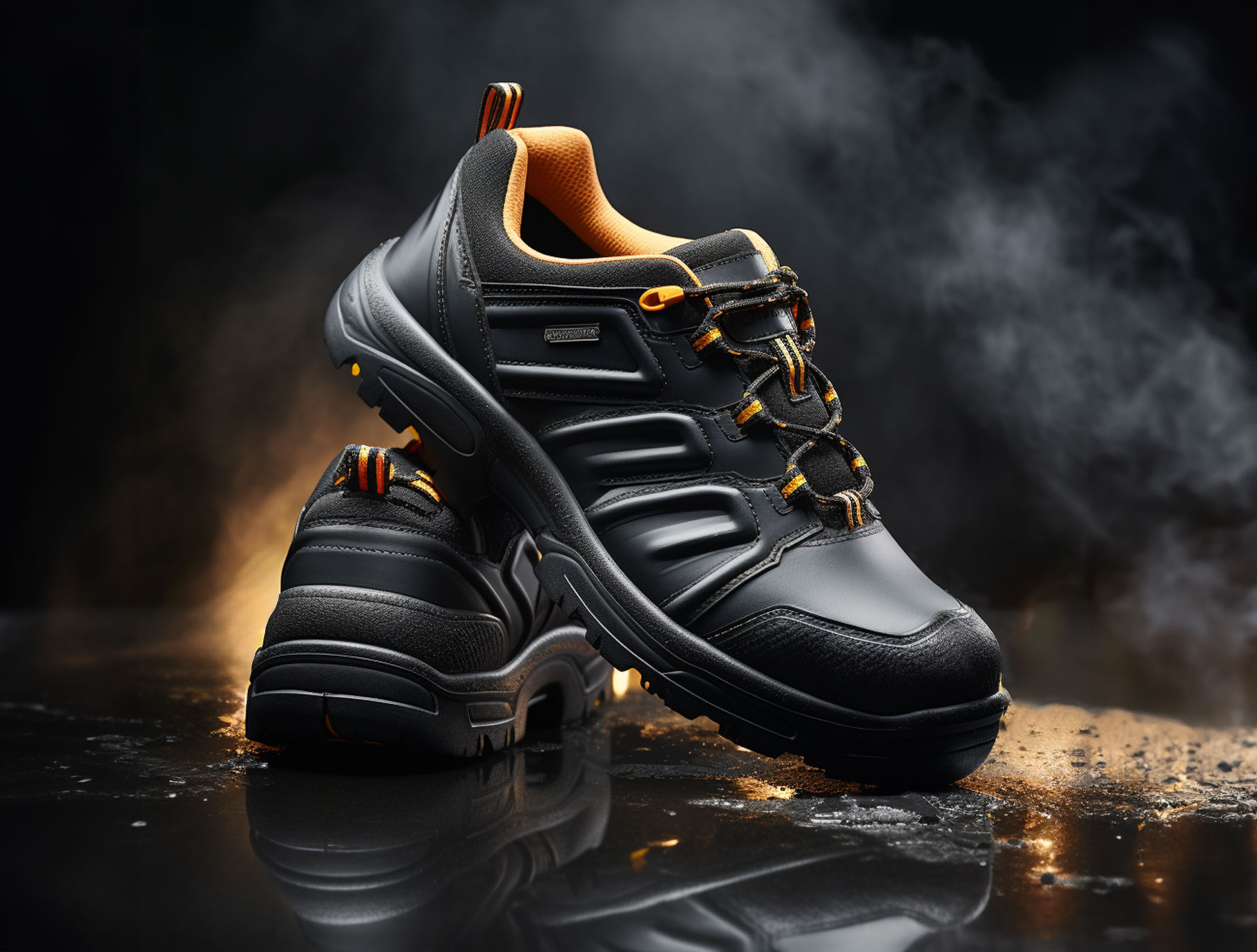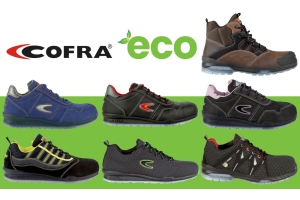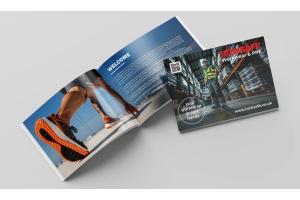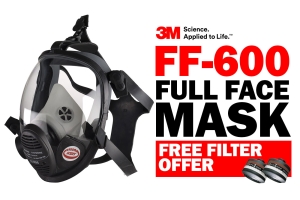We use cookies to make your experience better. To comply with the new e-Privacy directive, we need to ask for your consent to set the cookies. Learn more.
Understanding the New Safety Footwear Standard: EN ISO 20345: 2022

With the introduction of the new safety footwear standard EN ISO 20345: 2022 there are fundamental changes to how safety footwear is tested along with new markings to help you identify what the style features. So let’s just cover the two key points:
Anti-Slip Test Changes
The old SRA, SRB and SRC anti-slip tests will be scrapped. In place all safety footwear will be tested on a ceramic tile with detergent as standard - it will be compulsory to pass this test and therefore there will be no markings on the footwear for this basic test (Note that the new test is more difficult to pass as the flat shoe test has been dropped in favour of an angled sole and therefore a smaller contact area).
If the manufacturer opts to put their footwear through the more stringent anti-slip test, the style will also be subject to a gylcerine on ceramic tile test (note that the metal/glycerine test is no longer). If it passes the style will be awarded the “SR” marking. I look at this as the equivalent to the old highest an -slip “SRC” marking, although the new standard is tougher to achieve.
Midsole Markings
Midsole markings will also change. The “P” marking is maintained for metal midsoles so you will continue to see S1P, S3, S5 & S7 markings depending upon the specification.
There are two tests for non metallic midsoles and for the first me markings will indicate which test the style has passed. The first using a 4.5mm diameter nail and will show the marking “PL” or “L”.
The tougher test consists of a 3.5mm nail at the same force - these will show the markings “PS” or “S”.
Therefore, youwill find footwear marked S1PL, S1PS, S3L, S3S, S5L, S5S, S7L, S7S.






